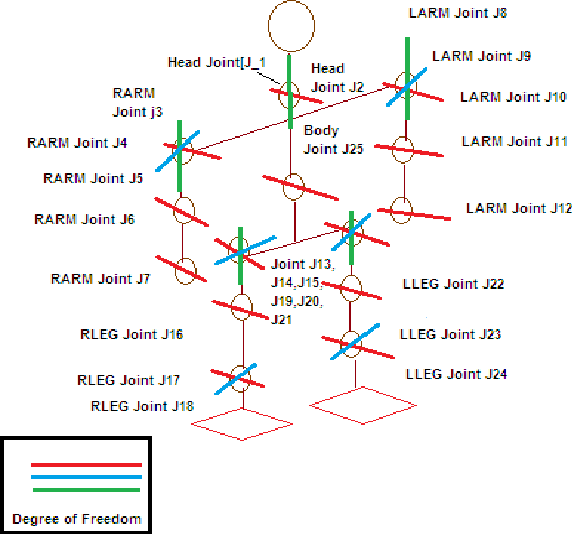Bipedal Model Based on Human Gait Pattern Parameters for Sagittal Plane Movement
Paper and Code
May 17, 2014



The present research as described in this paper tries to impart how imitation based learning for behavior-based programming can be used to teach the robot. This development is a big step in way to prove that push recovery is a software engineering problem and not hardware engineering problem. The walking algorithm used here aims to select a subset of push recovery problem i.e. disturbance from environment. We applied the physics at each joint of Halo with some degree of freedom. The proposed model, Halo is different from other models as previously developed model were inconsistent with data for different persons. This would lead to development of the generalized biped model in future and will bridge the gap between performance and inconsistency. In this paper the proposed model is applied to data of different persons. Accuracy of model, performance and result is measured using the behavior negotiation capability of model developed. In order to improve the performance, proposed model gives the freedom to handle each joint independently based on the belongingness value for each joint. The development can be considered as important development for future world of robotics. The accuracy of model is 70% in one go.
 Add to Chrome
Add to Chrome Add to Firefox
Add to Firefox Add to Edge
Add to Edge